WHAT IS OM MANI PADME HUM
Auṃ maṇi padme hūṃ (Sanskrit: ॐ मणि पद्मे हूँ, ) is the six-syllabled Sanskrit mantra particularly associated with the four-armed Shadakshari form of Avalokiteshvara, the bodhisattva of compassion. It first appeared in the Mahayana Kāraṇḍavyūhasūtra where it is also referred to as the sadaksara (six syllabled) and the paramahrdaya, or “innermost heart” of Avalokiteshvara. In this text the mantra is seen as condensed form of all the Buddhist teachings.
The first word Aum/Om is a sacred syllable found in Indian religions. The word Mani means “jewel” or “bead”, Padme is the “lotus flower” (the Buddhist sacred flower), and Hum represents the spirit of enlightenment.
In Tibetan Buddhism, this is the most ubiquitous mantra and the most popular form of religious practice, performed by laypersons and monastics alike. It is also an ever present feature of the landscape, commonly carved onto rocks, known as mani stones, painted into the sides of hills or else it is written on prayer flags and prayer wheels.
Due to the increased interactions between Chinese Buddhists and Tibetans and Mongolians during the 11th century, the mantra also entered Chinese Buddhism. The mantra has also been adapted into Chinese Taoism.
GONG:
A gong is an East and Southeast Asian musical percussion instrument that takes the form of a flat, circular metal disc which is hit with a mallet. The gong traces its roots back to the Bronze Age around 3500 BC. The term gong originated in Java. Scientific and archaeological research has established that Burma, China, Java and Annam were the four main gong manufacturing centres of the ancient world. The gong later found its way into the Western World in the 18th century when it was also used in the percussion section of a Western-style symphony orchestra. A form of bronze cauldron gong known as a resting bell was widely used in ancient Greece and Rome, for instance in the famous Oracle of Dodona, where disc gongs were also used.
Gongs broadly fall into one of three types: Suspended gongs are more or less flat, circular discs of metal suspended vertically by means of a cord passed through holes near to the top rim. Bossed or nipple gongs have a raised center boss and are often suspended and played horizontally. Bowl gongs are bowl-shaped and rest on cushions. They may be considered a member of the bell category. Gongs are made mainly from bronze or brass but there are many other alloys in use.
Gongs produce two distinct types of sound. A gong with a substantially flat surface vibrates in multiple modes, giving a “crash” rather than a tuned note. This category of gong is sometimes called a tam-tam to distinguish it from the bossed gongs that give a tuned note. In Indonesian gamelan ensembles, some bossed gongs are deliberately made to generate in addition a beat note in the range from about 1 to 5 Hz. The use of the term “gong” for both these types of instrument is common.
















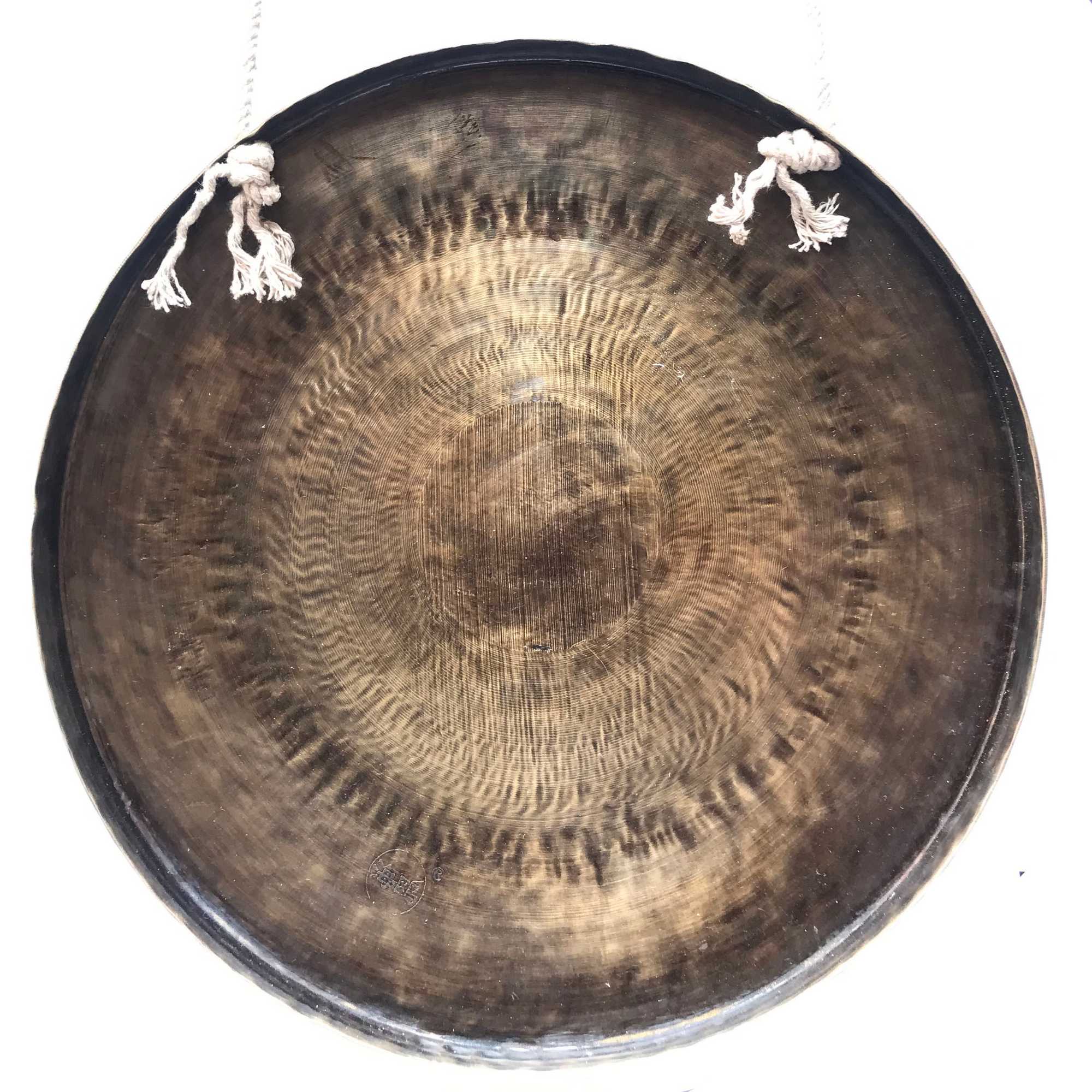
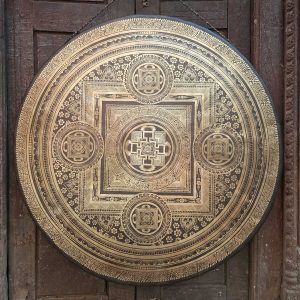
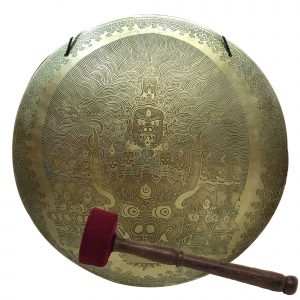

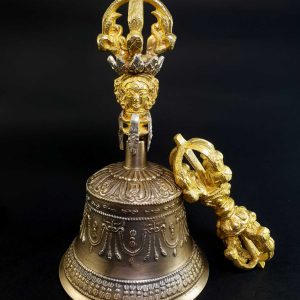
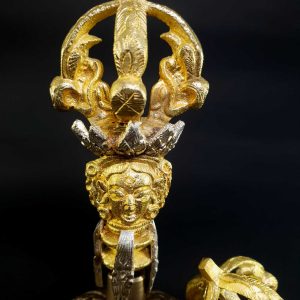

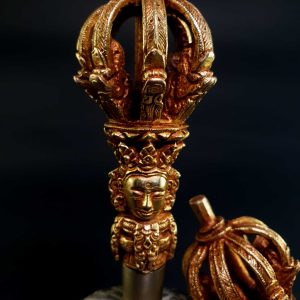
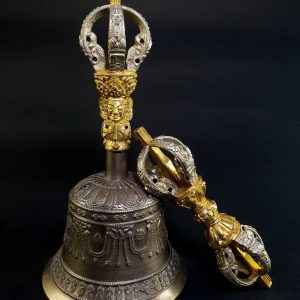
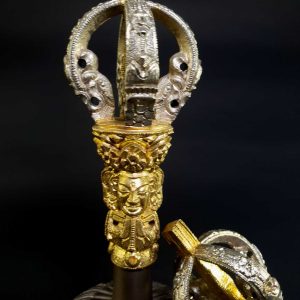
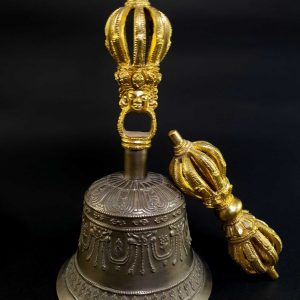
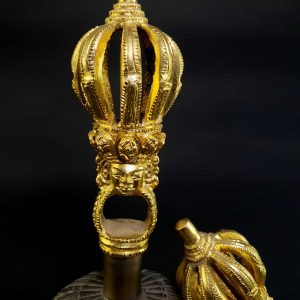


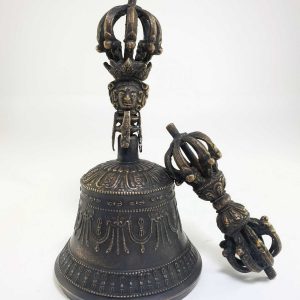

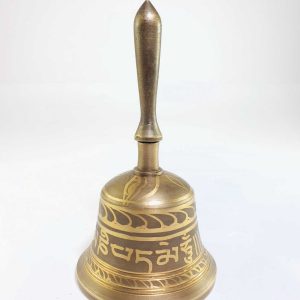
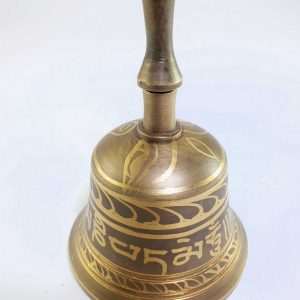
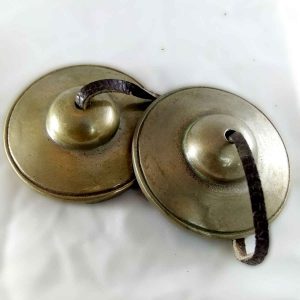
Reviews
There are no reviews yet.